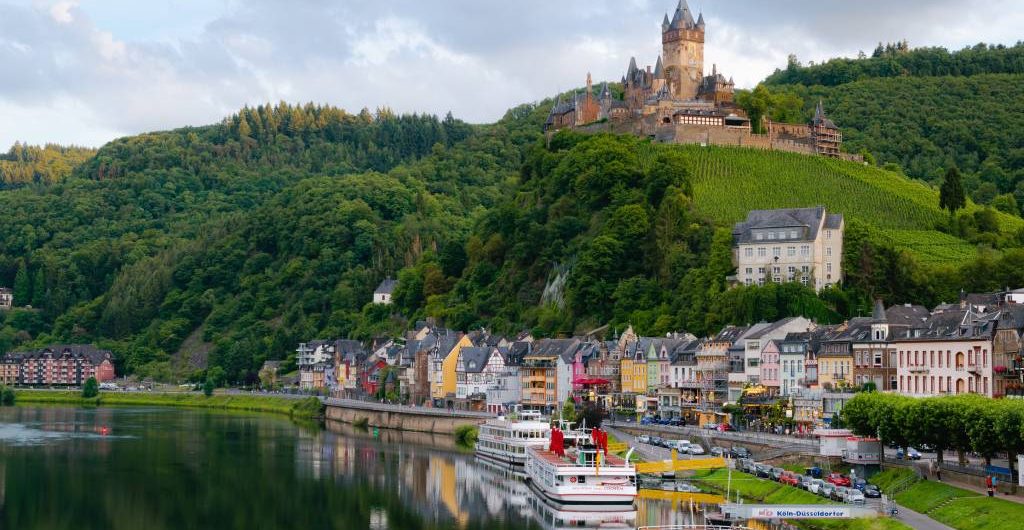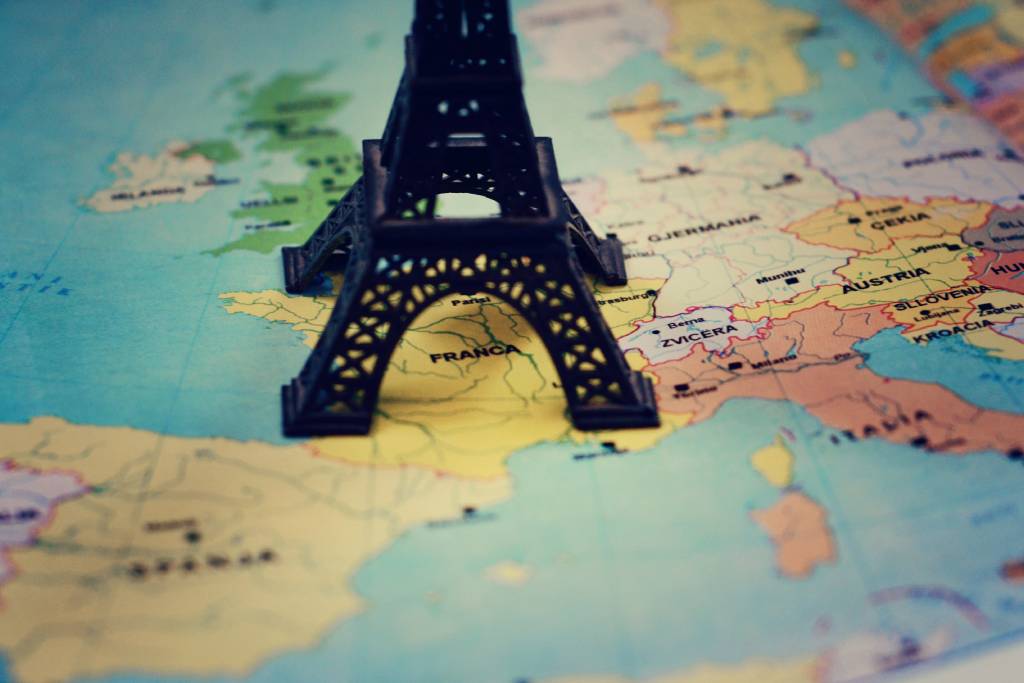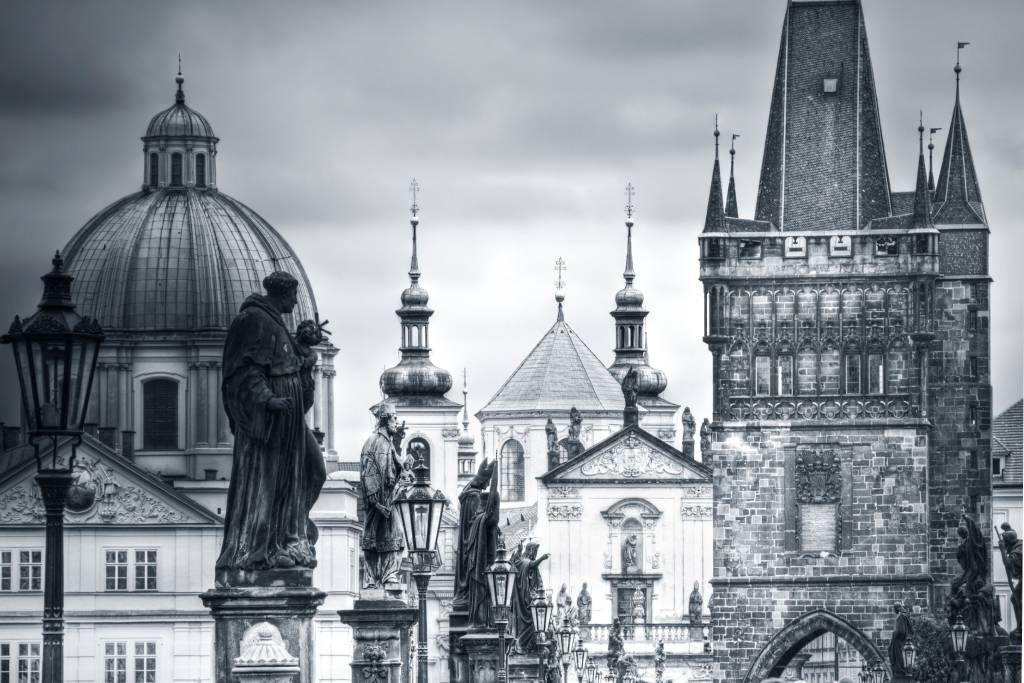
Introduction to Europe
- Definition and Geography: Europe is a continent located in the northern hemisphere of Earth. It is bordered by the Arctic Ocean to the north, the Atlantic Ocean to the west, the Mediterranean Sea to the south, and Asia to the east. It is the world’s second-smallest continent in terms of land area but is one of the most densely populated.
- Historical Significance: Europe holds immense historical significance. It was home to several of the world’s greatest civilizations, including the Greeks and Romans. It witnessed the Renaissance and Enlightenment periods, which gave rise to a burst of cultural and scientific achievements. Europe’s modern history is marked by two devastating world wars and the subsequent formation of the European Union to promote peace and economic cooperation.
Physical Geography

- Landforms: Europe’s diverse landscapes include the towering Alps in the south, the vast European Plain stretching across central Europe, and the Scandinavian Mountains in the north. These landforms have shaped the continent’s culture, economy, and history.
- Bodies of Water: Europe is rich in rivers like the Danube, Rhine, and Volga, which have played a vital role in trade and transportation. The continent is surrounded by seas and oceans, including the Mediterranean, Baltic, and North Seas, offering access to various trade routes.
- Climate and Weather: Europe experiences a wide range of climates due to its vast expanse. The Mediterranean region enjoys a sunny, mild climate, while the northern parts have a harsher, continental climate with cold winters and hot summers. Climate change is a growing concern, impacting everything from agriculture to coastal communities.
Human Geography
- Population and Demographics: Europe is home to approximately 750 million people, making it one of the world’s most densely populated continents. Demographics vary widely, with different countries experiencing aging populations and immigration challenges.
- Languages: Europe is a linguistic patchwork, with hundreds of languages spoken. Major language families include Indo-European, Uralic, and Turkic. English, Spanish, French, German, and Russian are some of the most widely spoken languages.
- Religions: Religion plays a significant role in Europe’s cultural identity. Christianity, Islam, and various other faiths are practiced. The region also includes religious diversity, with secularism on the rise.
European History

- Ancient Europe: Europe’s history dates back to ancient civilizations like Greece and Rome, which laid the foundation for Western culture, governance, and philosophy.
- Renaissance and Enlightenment: The Renaissance and Enlightenment periods saw a resurgence of art, literature, science, and philosophy. Thinkers like Leonardo da Vinci, Galileo Galilei, and Voltaire emerged during this time.
- Modern Europe: Europe underwent profound changes during the Industrial Revolution. The 20th century witnessed two devastating world wars, leading to the formation of the European Union, which aimed to foster peace, cooperation, and economic integration among its member states.
European Politics
- European Union (EU): The European Union, with its 27 member states, promotes economic integration, free movement of people and goods, and cooperation on various fronts, including environmental policies and human rights.
- NATO and Security Alliances: Europe is also a hub for security alliances, with NATO (North Atlantic Treaty Organization) serving as a crucial defense alliance in the region.
- National Governments: European countries have diverse political systems, ranging from parliamentary democracies to constitutional monarchies. Key nations like France, Germany, and the UK have their unique political landscapes.